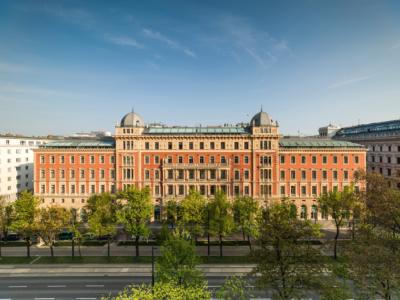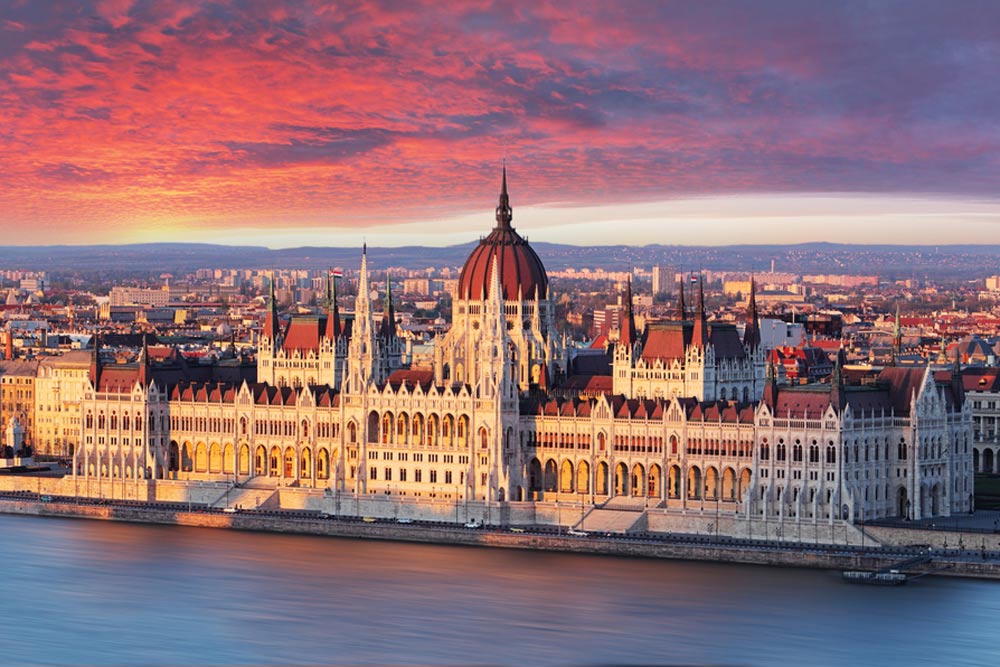
(picture credit: Park Inn Blog)
Budapest, the capital of Hungary, also called “Paris of the East”, is one of the most culturally significant and historically important metropolises in Central Europe, and is home to numerous UNESCO World Heritage Sites.
This beautifully enchanting city formally came into being as recently as 1872 with the amalgamation of three previously independent towns of Old Buda (Obuda), Buda, and Pest, to become the administrative, commercial, and industrial centre of Hungary. Historically and culturally one of the most important cities in this part of the world, Budapest is tourism hotspot that attracts visitors from around the world.
Every alley, every cafe has a story to tell as Budapest attracted artists, musicians and thinkers from all over the western world and the city remains even today an important cultural hub where numerous creative minds fly down to Budapest to seek inspiration. Despite the cultural wealth, the city remains a good value for money for tourists, attracting lots of young visitors. Here is a list of are some spots that a tourist must visit in the city.
Buda Castle and Castle Hill
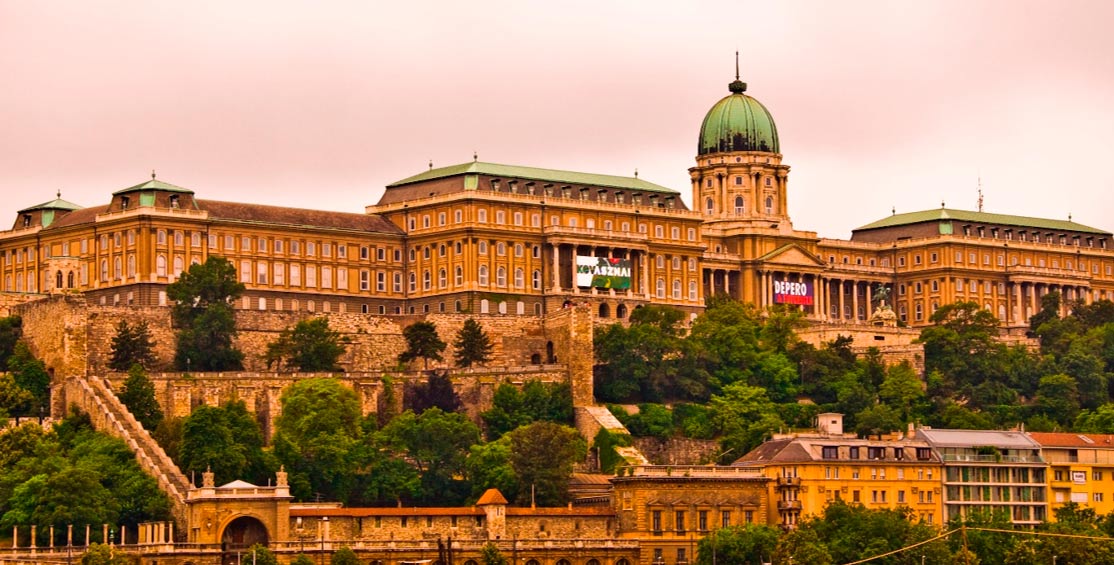
(picture credit: Ancient Origins)
Towering over the Danube River is the towering Budapest’s Castle Hill which contains many of the city’s most historically important and culturally significant medieval monuments and museums. Topping the list of these impressive structures is the 18th century Buda Castle, a massive palace that replaced a 13th-century castle built to protect the stronghold from Mongol and Tartar attacks. Although partially destroyed in World War II, a large portion of the exterior has been restored and the interior now houses several important museums which include the Hungarian National Gallery in the main wing, and the Budapest History Museum. In front of the castle, overlooking the Danube stands a bronze equestrian statue of Prince Eugene of Savoy, a hero who resisted Turkish attacks on the city. Castle Hill is worth exploring because of its medieval lanes and it Romanesque, Gothic, and Baroque architecture. It can transport the visitors into the olden days where they can relive history. This entire historic complex is a UNESCO World Heritage Site.
Gellert Hill
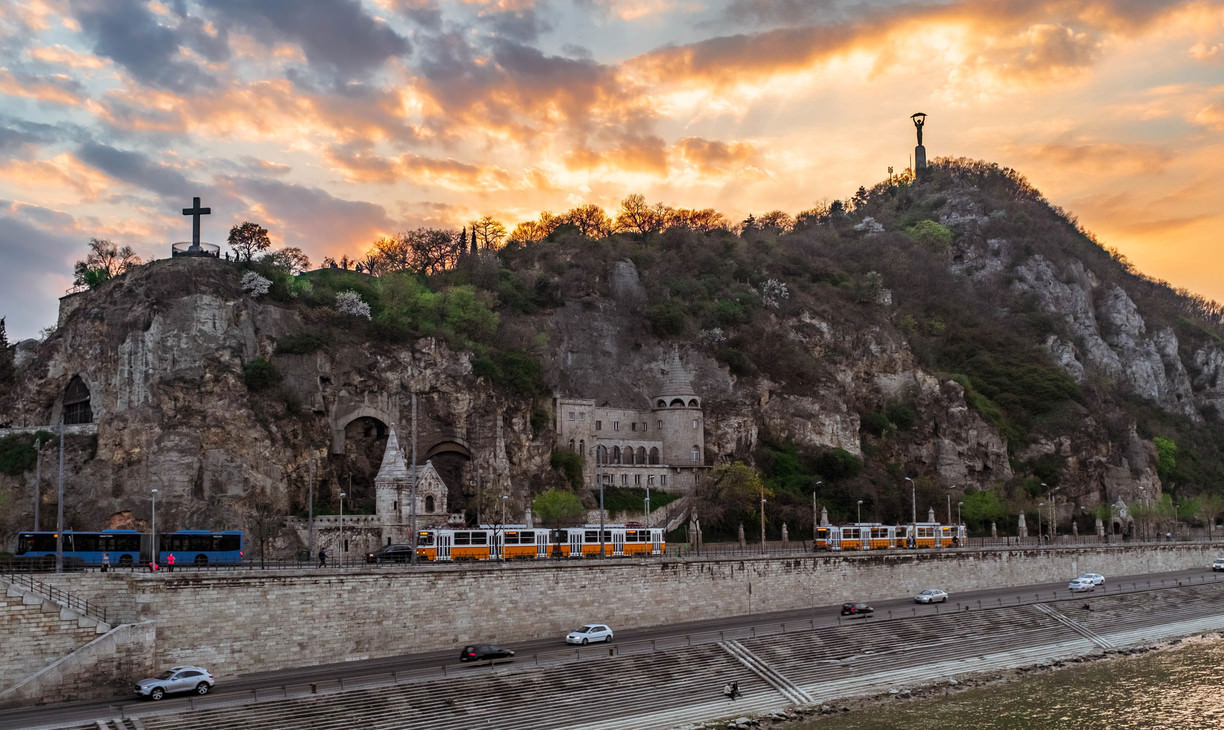
(picture credit: Trover)
Another of Budapest’s most beautiful features is the panoramic Gellert Hill which is a block of dolomite rock that falls steeply down to the Danube. It’s here that several of the city’s most famous medicinal springs emerge for example Gellert Spa and Rudas Baths, which have lured visitors from far and wide since the 13th century. The Rudas Baths are one of a handful of buildings remaining from the Turkish occupation and are among the few original 16th-century Turkish bathhouses in the world still in use. Even today, it is in perfect working condition and is loved by the locals and tourists alike. On the hill’s slope is the Gellert Monument, a tribute to Hungary’s beloved famous saint, a Benedictine monk who died in 1046 and after whom the hill is named. The Citadel which sits victoriously on the summit was built by the Austrians in 1851, and the Liberation Monument was erected in 1947 in memory of the Soviet soldiers who died fighting in WWII. The entire place illuminated by evening lights looks something out of a fairytale.
St. Stephen’s Basilica
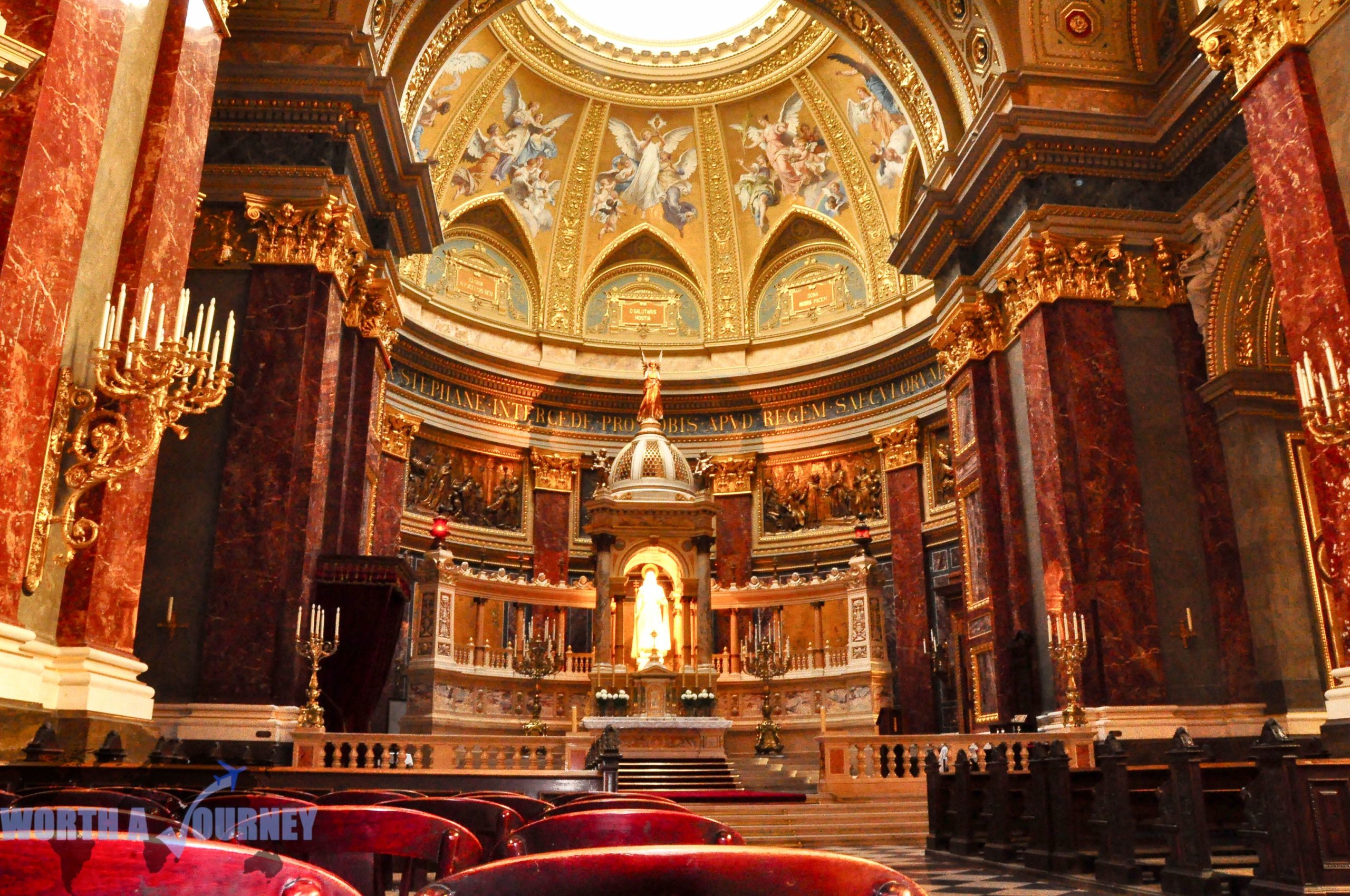
(picture credit: Pinterest)
Budapest’s St. Stephen’s Basilica is a very popular attraction for its impressive architecture, the beauty of its interior, and the panoramic views from its dome. During World War II the roof, towers, and external walls were badly damaged and the church’s precious mosaics fell from the walls. However, these were successfully restored to their original place and are the highlight of the richly decorated interior. The most impressive of these is the five-part Venetian mosaic is in the sanctuary and represents the allegories of the mass. The cathedral historically is dedicated to St. Stephen, Hungary’s first king and the founder of the Hungarian state. Though the construction began in 1851 it was completed only in 1905. The cathedral’s most precious holy relic is the mummified right hand of the church’s patron saint is displayed under glass in the chapel to the left of the high altar. This structure not only is significant historically, culturally but in the realm of religion.
Hungarian Parliament and the Crown Jewel
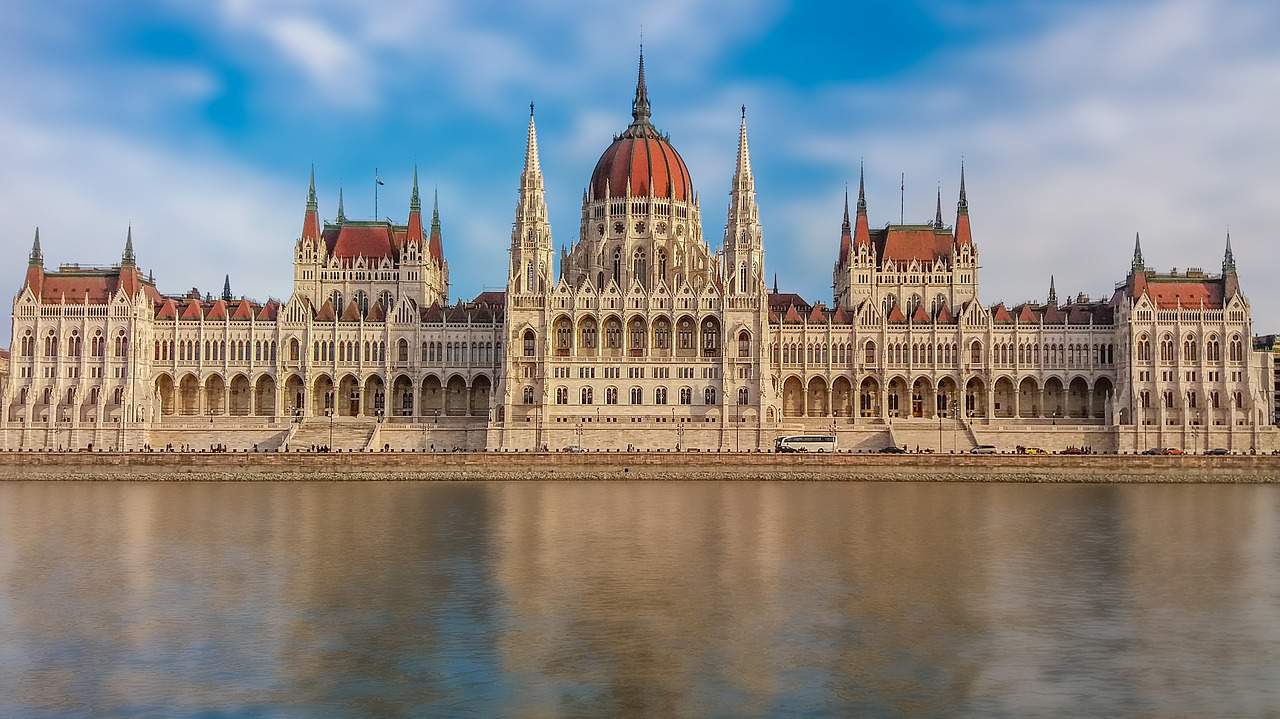
(picture credit: Daily News Hungary)
A lot of tourists choose to walk around or bicycle around the city as there are important sights to see in every corner and one such structure is the Parliament building, Museum of Ethnography and ministry of agriculture. Set alongside perfectly place cobblestoned road, these are the locations tourists cannot miss. The Parliament building is considered the world’s third-largest Parliament building which adorns a neo-Gothic architecture which was inaugurated in 1886. The impressive structure also boasts of 19 km of stairs and corridors.
Fisherman’s Bastion
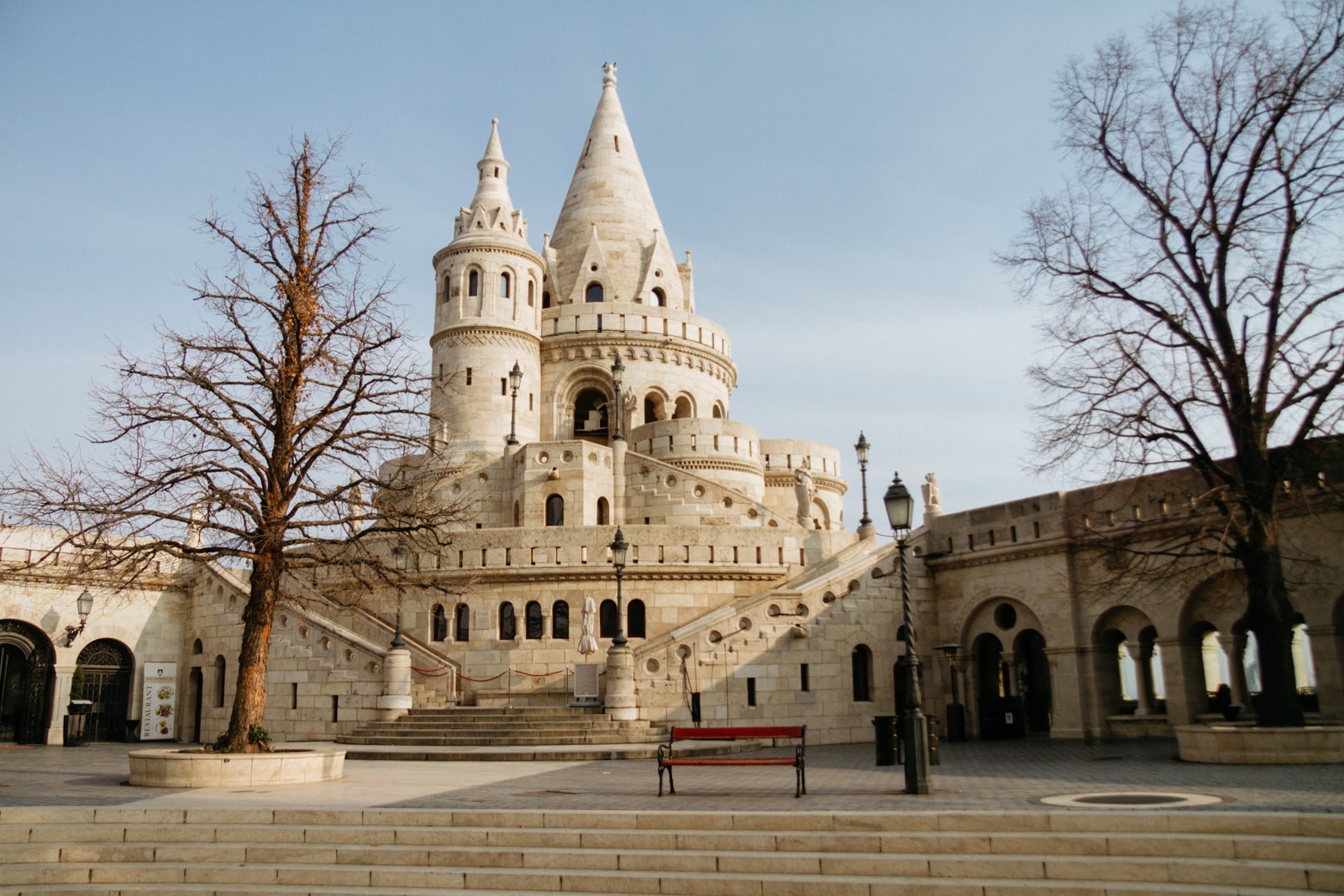
(picture credit: Culture trip)
Overlooking the pristine Danube River, this is the spot where fisherman’s guild built their defence walls in the Middle Ages now stands the Fisherman’s Bastion. This exquisite collection of Neo-Romanesque towers, courtyards, colonnades, and walls was built between 1895 and 1902 and is one of the most popular points in the city for tourists, largely for its spectacular views over the city and the Danube.










